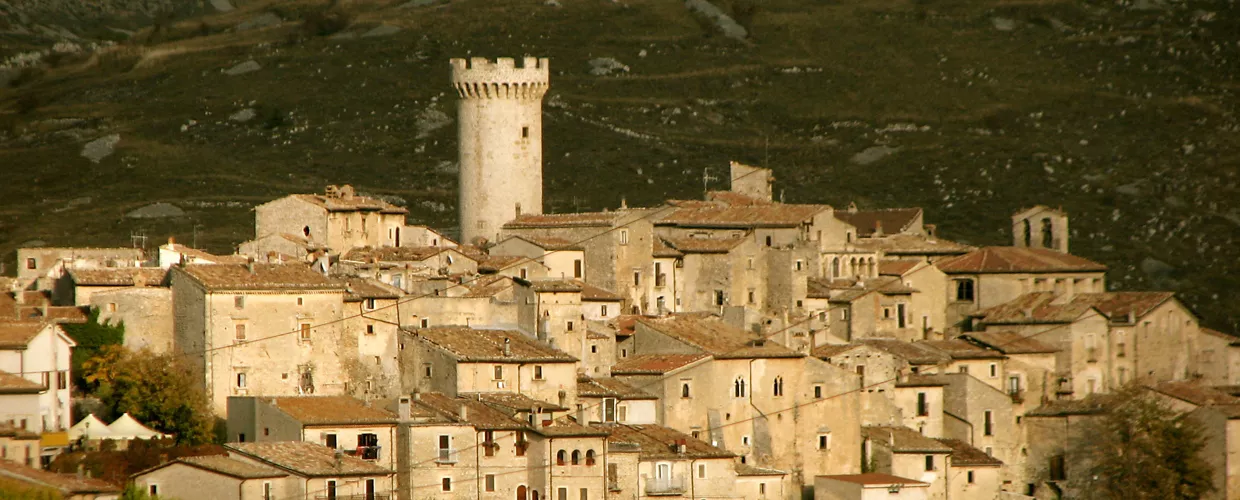This content was automatically translated. View the original text.


Overview
A small village on the L'Aquila side of the Gran Sasso, Santo Stefano di Sessanio, as happened to most of the towns in the Abruzzo hinterland, experienced a strong depopulation in the second half of the 20th century. It has experienced vindication, more recently, thanks to the development of an excellent hotel tourism service. From the end of the 16th century, Santo Stefano di Sessanio was governed by the Medici and the local economy flourished thanks to the production of wool direct to Florence. The crenellated tower, which stands between the houses, is called the Medici Tower, but in reality it dates back to the 14th century: the name testifies to the economic and cultural impact that the Florentine family had in the village. The restoration of the keep, destroyed by the 2009 earthquake, was completed in 2021, preserving the original elements. Even today, the Medici Gate retains the family coat of arms affixed to the gutter. The memory of the village and the surrounding territories is preserved in the Terre della Baronia Museum. A few steps from the museum, the Medici square overlooks the small church of the Holy Souls, or Suffrage, with the main altar dedicated to the Virgin of Mount Carmel.
In the plots of clay land surrounding the village, ideal for the growth of legumes, the lentils of Santo Stefano di Sessanio have been cultivated for centuries, a Slow Food presidium: small and permeable, it does not need soaking and a simple but renowned soup is obtained.